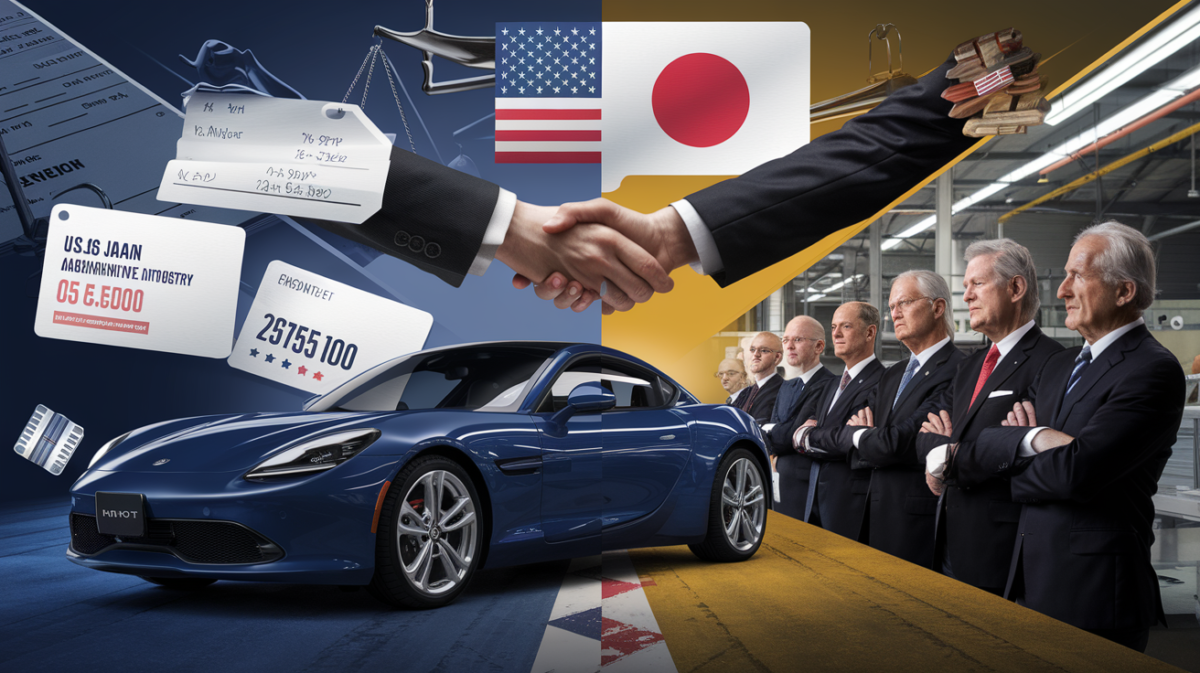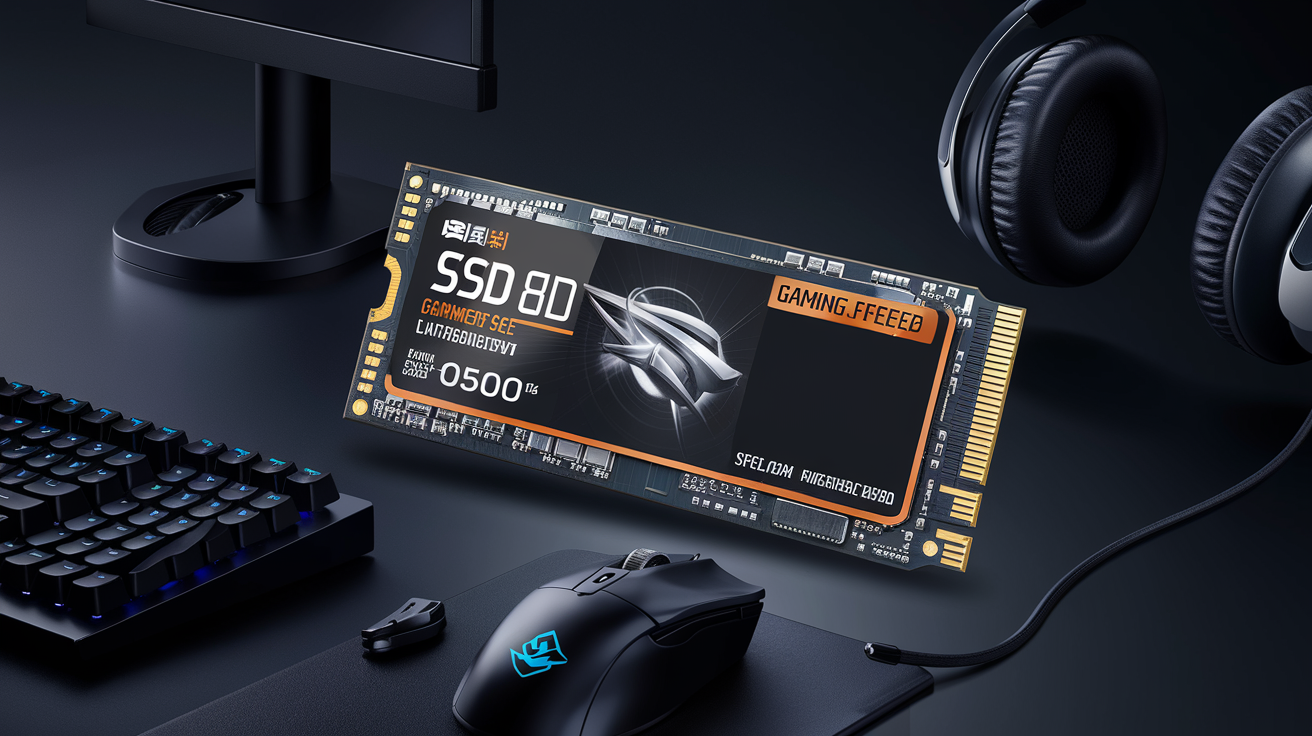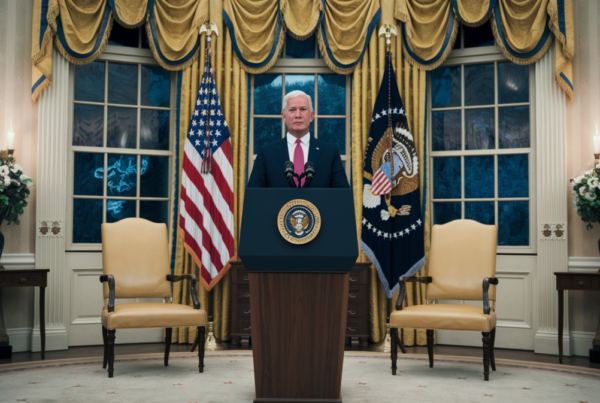President Donald Trump’s recently announced trade agreement with Japan has sent ripples through the US automotive industry, creating significant concern among domestic manufacturers who fear they may be placed at a competitive disadvantage. The deal, which includes substantial tariff reductions on Japanese vehicles and a massive investment pledge, has drawn sharp criticism from major automakers and labour unions.
Sweeping Tariff Changes Reshape Auto Market
The centerpiece of the agreement involves a dramatic reduction in tariffs on Japanese vehicles entering the US market. Under the new terms, Japanese automakers will face a 15% tariff rate, down from the current 25% imposed on imported vehicles. This substantial decrease represents one of the most significant changes to automotive trade policy in recent years.
The timing of this announcement has caught many industry observers by surprise, coming amid ongoing discussions about trade policy and manufacturing competitiveness. The tariff reduction is expected to make Japanese vehicles considerably more attractive to American consumers, potentially shifting market dynamics that have taken decades to establish.
$550 Billion Investment Promise Raises Questions
Alongside the tariff modifications, Japan has committed to a staggering $550 billion investment in various US industries. This investment package encompasses several key sectors:
- Energy infrastructure and renewable technology
- Semiconductor manufacturing and technology
- Pharmaceutical research and development
- Shipbuilding and maritime industries
- Advanced manufacturing facilities
However, the specifics of how this massive investment will be structured, managed, and implemented remain largely undefined. Industry analysts have expressed concerns about the lack of transparency regarding timelines, specific allocation methods, and oversight mechanisms for such a substantial financial commitment.
Detroit’s Big Three Sound Alarm
The American Automotive Policy Council, representing General Motors, Ford, and Stellantis, has voiced strong opposition to the agreement. These manufacturers argue that the tariff reduction creates an uneven playing field that could undermine years of domestic investment and job creation.
The Detroit automakers emphasize that while Japanese vehicles benefit from reduced tariffs, US manufacturers continue to face elevated costs for essential materials. Steel, aluminum, and various automotive components still carry higher import taxes, creating additional cost pressures that Japanese manufacturers may not face to the same extent.
Industry executives have expressed particular concern about the potential for Japanese vehicles to undercut American-made cars in pricing, potentially affecting both market share and profitability for domestic producers. This competitive shift could have lasting implications for American automotive employment and manufacturing capacity.
Government Response and Industry Pushback
Commerce Secretary Howard Lutnick has attempted to downplay concerns from US automakers, suggesting that industry leaders are “comfortable” with the arrangement. He has argued that the agreement could ultimately lead to increased domestic production, though specific mechanisms for achieving this outcome remain unclear.
The United Auto Workers union has taken a more critical stance, arguing that effective trade deals should elevate standards rather than create what they describe as a “race to the bottom.” Union leadership has called for agreements that hold foreign automakers to the same rigorous standards applied to US manufacturers.
Market Impact and Competitive Dynamics
Financial markets have already begun responding to the agreement, with some automotive stocks experiencing significant volatility. Japanese automaker shares have generally risen on news of the tariff reduction, while some US manufacturer stocks have shown mixed reactions.
The agreement is expected to make Japanese vehicles more accessible to American consumers, potentially affecting sales patterns across multiple vehicle categories. Compact cars, midsize sedans, and even luxury vehicles from Japanese manufacturers may see increased market penetration.
| Aspect | Before Agreement | After Agreement | Impact |
|---|---|---|---|
| Japanese Vehicle Tariffs | 25% | 15% | Increased competitiveness |
| US Automaker Advantage | Protected market | Reduced protection | Heightened competition |
| Consumer Pricing | Higher Japanese vehicle costs | Lower Japanese vehicle costs | More affordable imports |
| Investment Flow | Limited commitments | $550 billion pledge | Potential job creation |
Long-term Industry Implications
The agreement represents a fundamental shift in automotive trade policy that could have lasting consequences for the industry. While proponents argue that increased competition will drive innovation and efficiency, critics worry about the immediate impact on American manufacturing jobs and investment.
The substantial investment commitment from Japan, if properly implemented, could offset some concerns by creating new opportunities in emerging technology sectors. However, the automotive industry’s complex supply chains and established competitive relationships make rapid changes particularly challenging to navigate.
Looking Ahead
As details of the agreement continue to emerge, stakeholders across the automotive industry are closely monitoring implementation timelines and specific requirements. The success of this trade deal will likely depend on how effectively the promised investments materialize and whether competitive disadvantages for US automakers can be mitigated through other policy measures.
The coming months will be crucial for determining whether this agreement represents a beneficial evolution in trade relations or a costly concession that undermines American automotive competitiveness. Industry leaders, workers, and policymakers will be watching closely as the full implications of this significant trade policy shift become apparent.







